The calendar has rolled over once more, so it’s time for another update on the gear that I’m using for my photography business. This has been a year of additions for me, as I continue to build my Sony kit after a switch from Canon back in 2020. Nothing has been removed from my bag in 2021, but you will find a new camera, a few new lenses and some tweaks to my accessories.
Table of Contents
Cameras
Sony a1
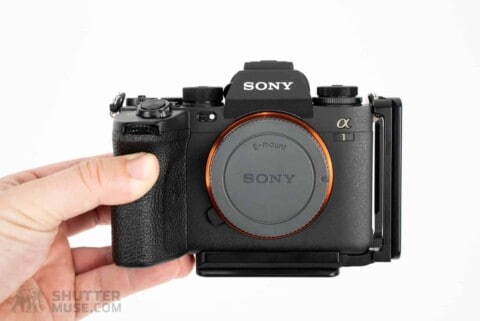

Sony a7 IV
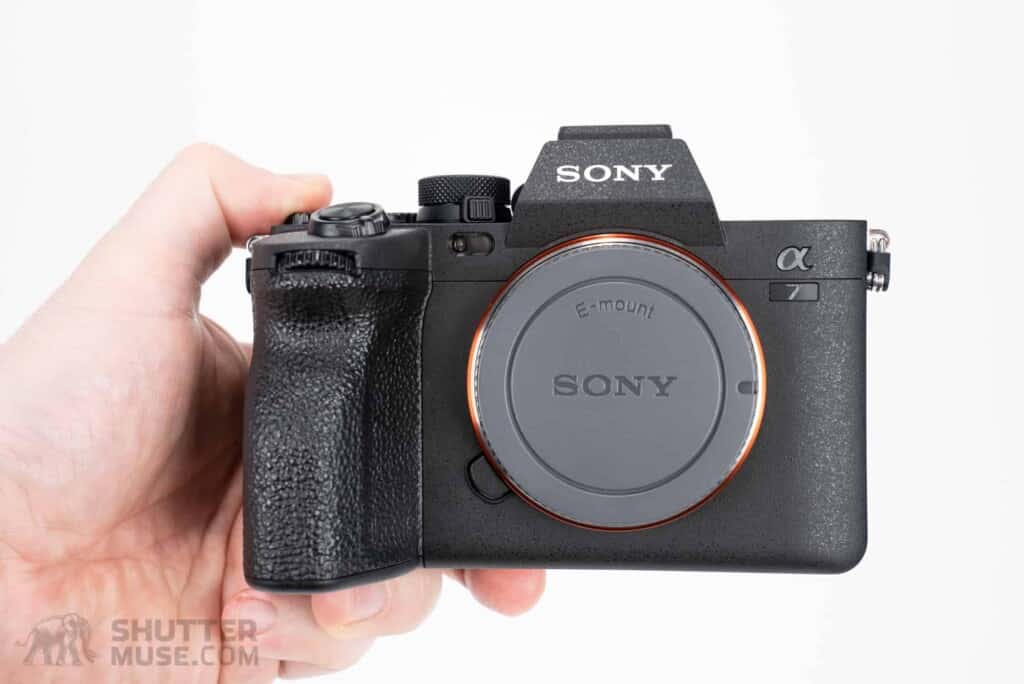


The long-awaited Sony a7 IV has been added to my bag for 2022. Though this is a lesser camera than my Sony a1, I cannot afford to have a pair of a1s because they are nearly three times the price of an a7 IV! For this reason, the a7 IV will be acting as my backup camera or second body on 2-camera shoots. The 33MP sensor provides plenty of resolution for my regular work, and the autofocus system is a vast improvement over the previous a7 III. Throw in 10fps continuous shooting, and you have a camera that will accomplish the needs of most photographers.
Sony a7S III
Since it was first launched, the a7S III has worked well as my “blogging camera”. I used it for all of my YouTube videos and all of the product photos in reviews on this site. The 12MP sensor produces images with a resolution of 4240x2832px – more than enough for online use on this website.
I have also used this camera as a second body while shooting astrophotography images, including Northern Lights photos, time-lapses and star trails. The low light quality of the relatively low-resolution sensor is exceptional and works particularly well for 4k time-lapses at night. 12MP images from this camera have been purchased for commercial tourism usage on a few occasions. In that case, I use Topaz Gigapixel AI to interpolate the images to a larger 24MP size. The software does a great job with this task, particularly when it is fed the low-noise, highly detailed RAW files from the a7S III.
Now that the a7 IV has joined my collection, I suspect the a7S III will see a little less usage. This camera will continue to be my blog content creation tool, but the higher resolution a7 IV will take its place as a backup camera in my pack while I’m away from home.
Lenses
Sony 70-200 f/2.8 GM II
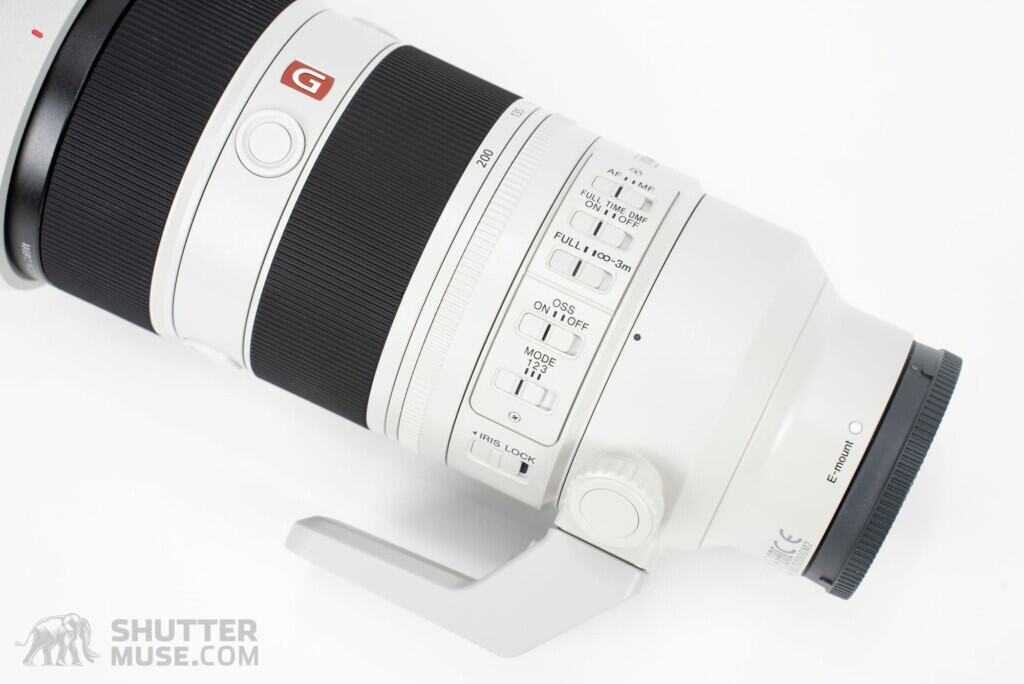


When I first switched from Canon to Sony, I wasn’t impressed with the original 70-200mm lens. After all, it was one of Sony’s first mirrorless lenses, and it was showing its age. I opted to skip it for a time, knowing that a GM II version of the lens must be around the corner. At the end of 2021, it arrived.
Sony 24-70mm f/2.8 GM II
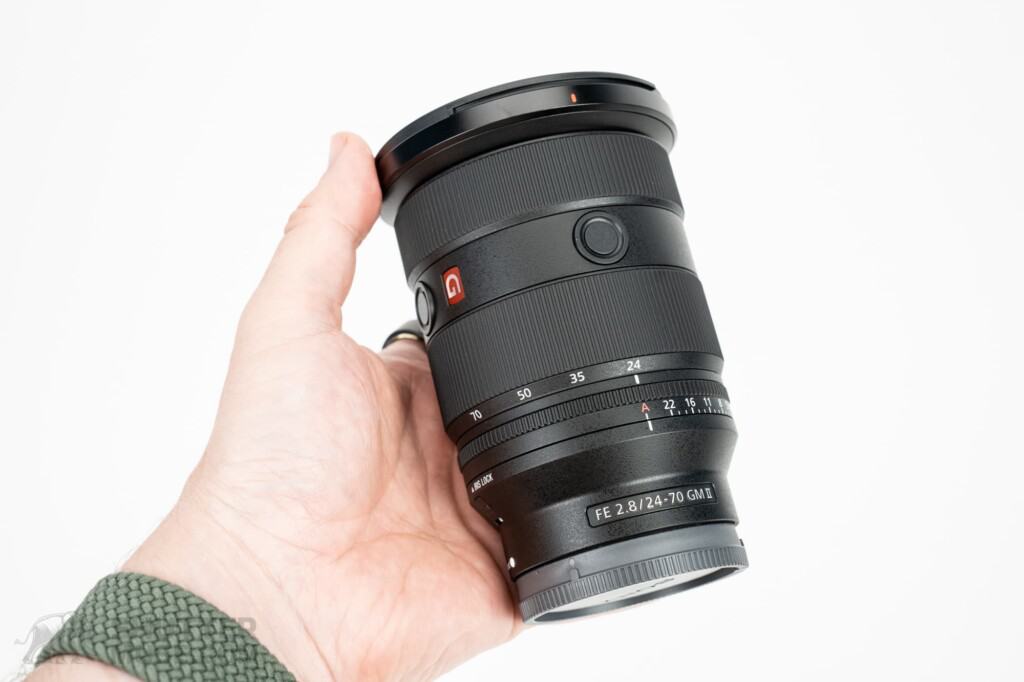

The original Sony 24-70 GM lens was not all that impressive, and I never bothered to buy it, instead choosing to use the much cheaper Tamron 28-75mm lenses. Although I like those lenses, and the G2 version is of excellent value, for me, they were simply a stopgap until Sony launched a new version of their lens. When that time came in 2022, it was a no-brainer for me to buy the new 24-70mm f/2.8 GM II lens.
Sony 14mm f/1.8 GM
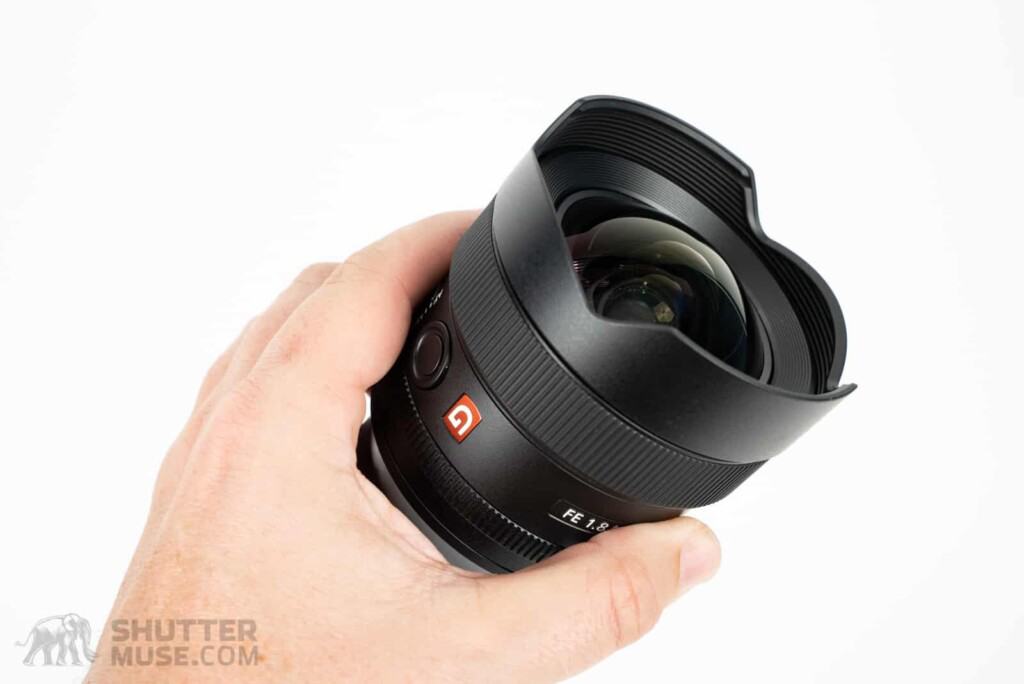

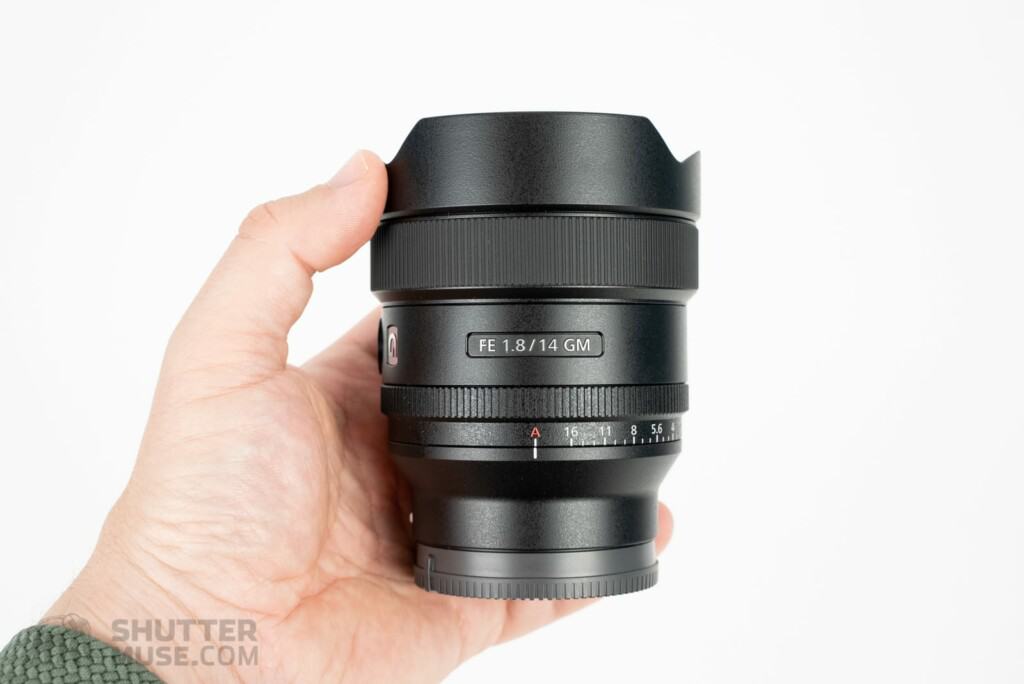
Sony 20mm f/1.8 G
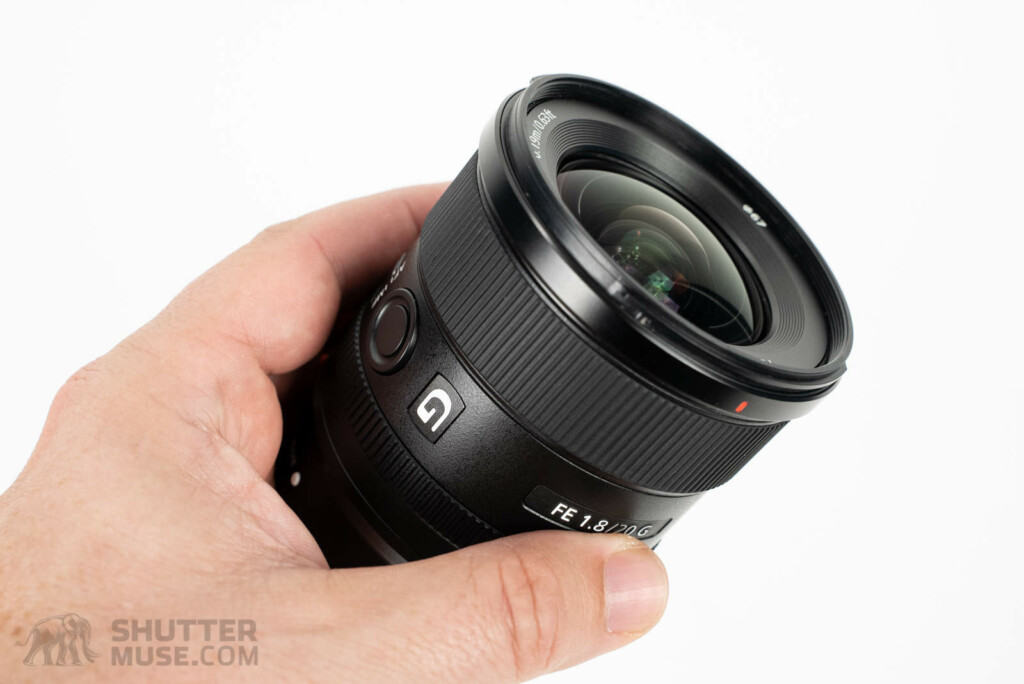


Sony 24mm f/1.4 GM
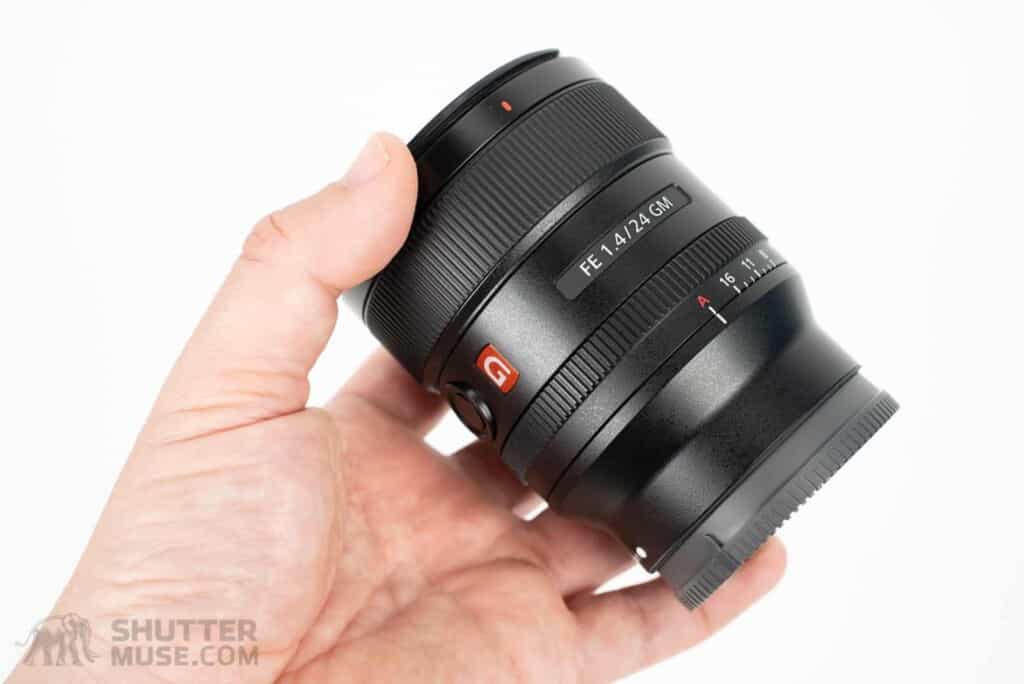


Sony 35mm f/1.4 GM
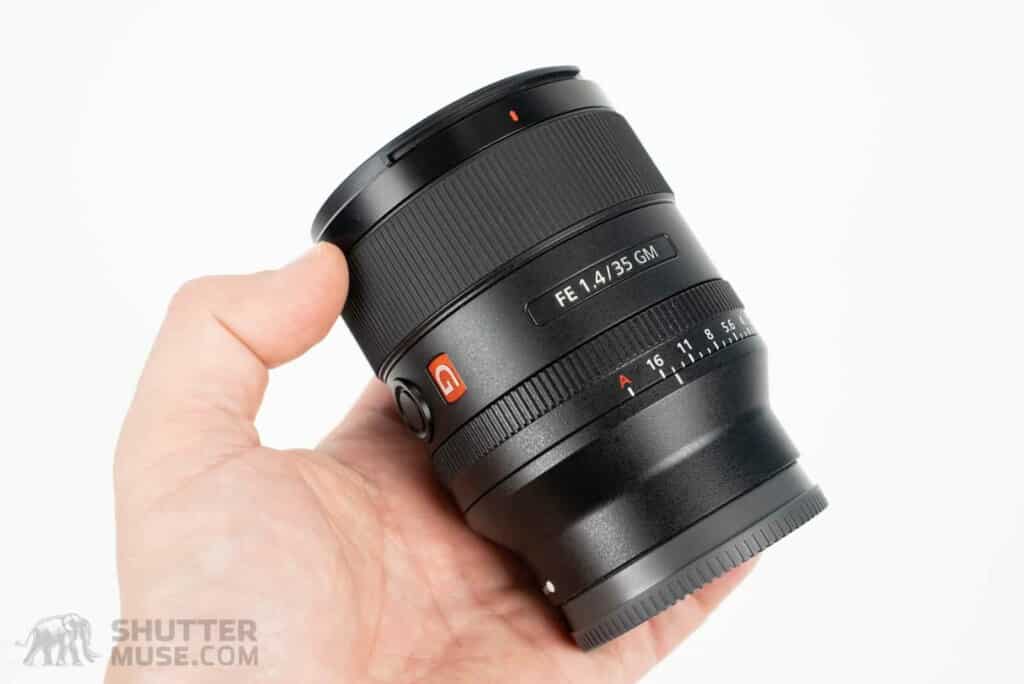


The Sony 35mm f/1.4 GM is probably my favourite lens. It is incredibly sharp wide open, and the bokeh roll-off is to die for. I have always been a bigger fan of the 35mm focal length than 50mm, so this 35mm GM makes a tremendous walk-around fast prime for me.
Tamron 28-70mm f/2.8 G2
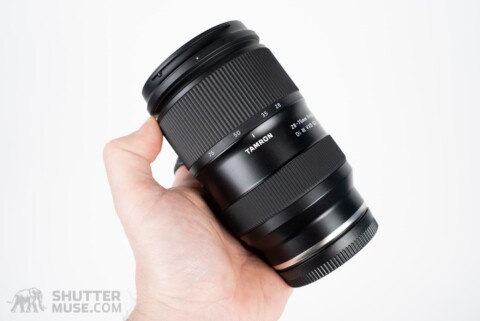

I love the original version of the Tamron 28-75 f/2.8 for Sony cameras, so it was a no-brainer to add the updated “G2” version to my bag in 2021 as soon as it hit the shelves. The previous version was roughly comparable to the Sony 24-70mm f/2.8 GM; this new G2 lens is much sharper. Tamron improved image sharpness and focus speed; they also added a customizable button and a USB-C port for firmware updates and feature additions. The first version of this lens was excellent; this second version is fantastic.
Tamron 28-70mm f/2.8
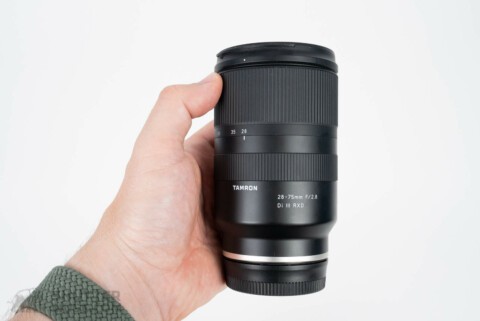

Sony 200-600mm f/5.6-6.3 G
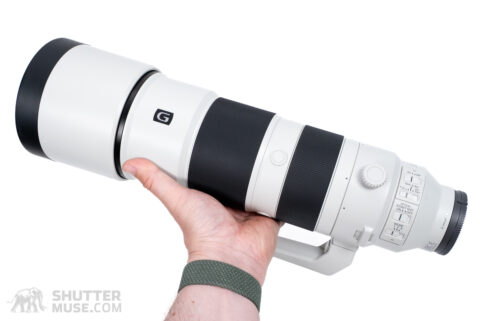

Sony Teleconverters
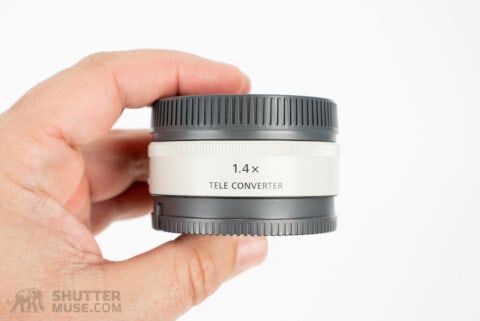
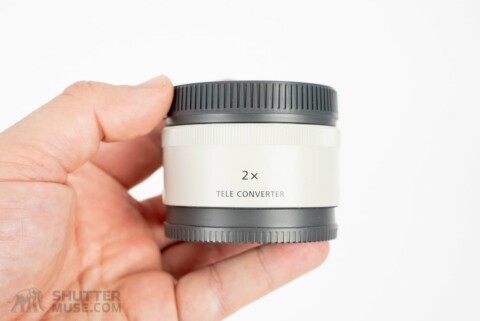
In 2021 the only lens I owned that was compatible with the Sony teleconverters was the 200-600mm G zoom. This year I added the new 70-200mm f/2.8 GM II lens to my kit, so now I have a few more reasons to put these to use. With its wide f/2.8 aperture, it shouldn’t come as a surprise that these actually work better on the 70-200mm than the 200-600mm. This gives me a 98-280mm f/4 lens, and a 140-400mm f/5.6.
Tripods
Really Right Stuff TFC-24L MK2
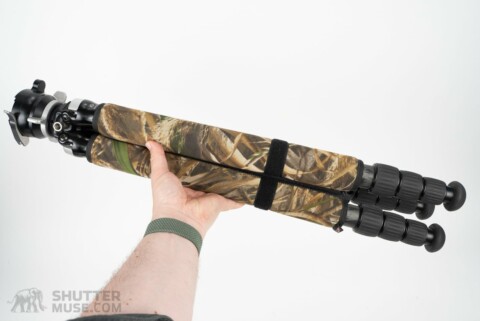
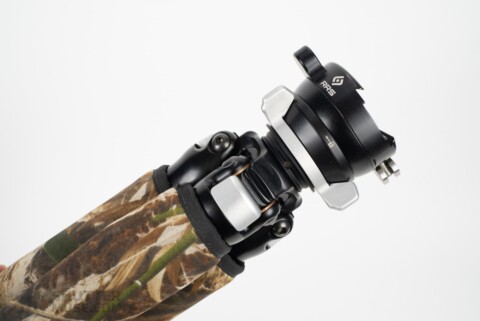
Really Right Stuff Ascend 14L
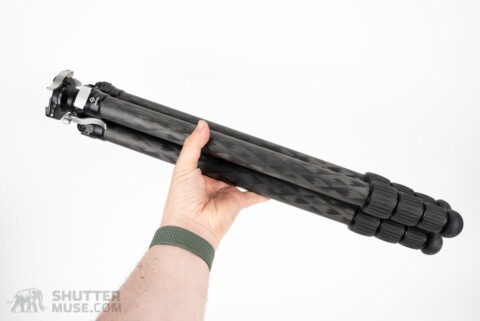
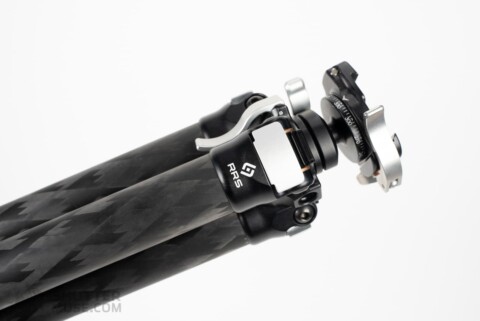
Peak Design Travel Tripod
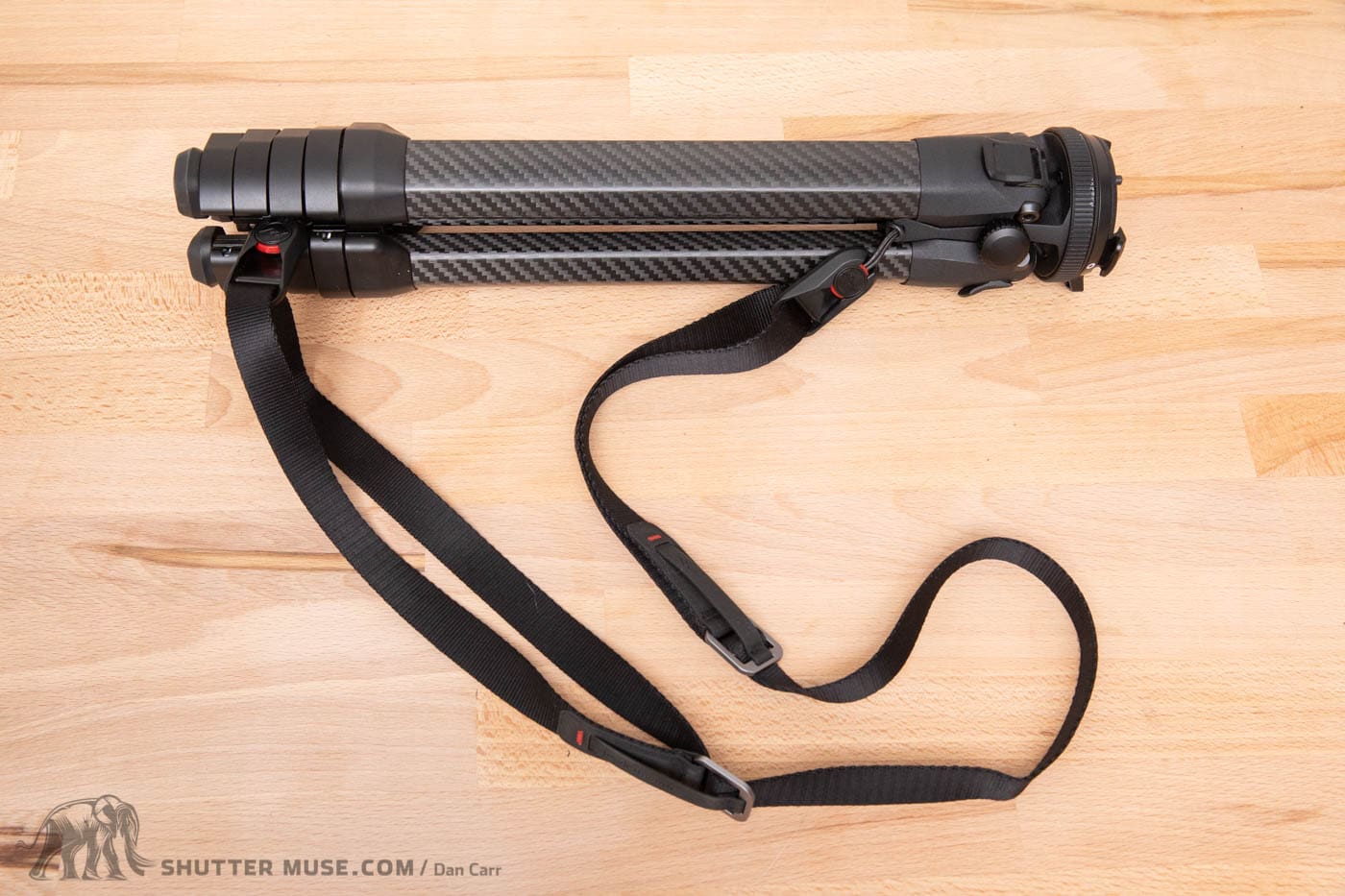
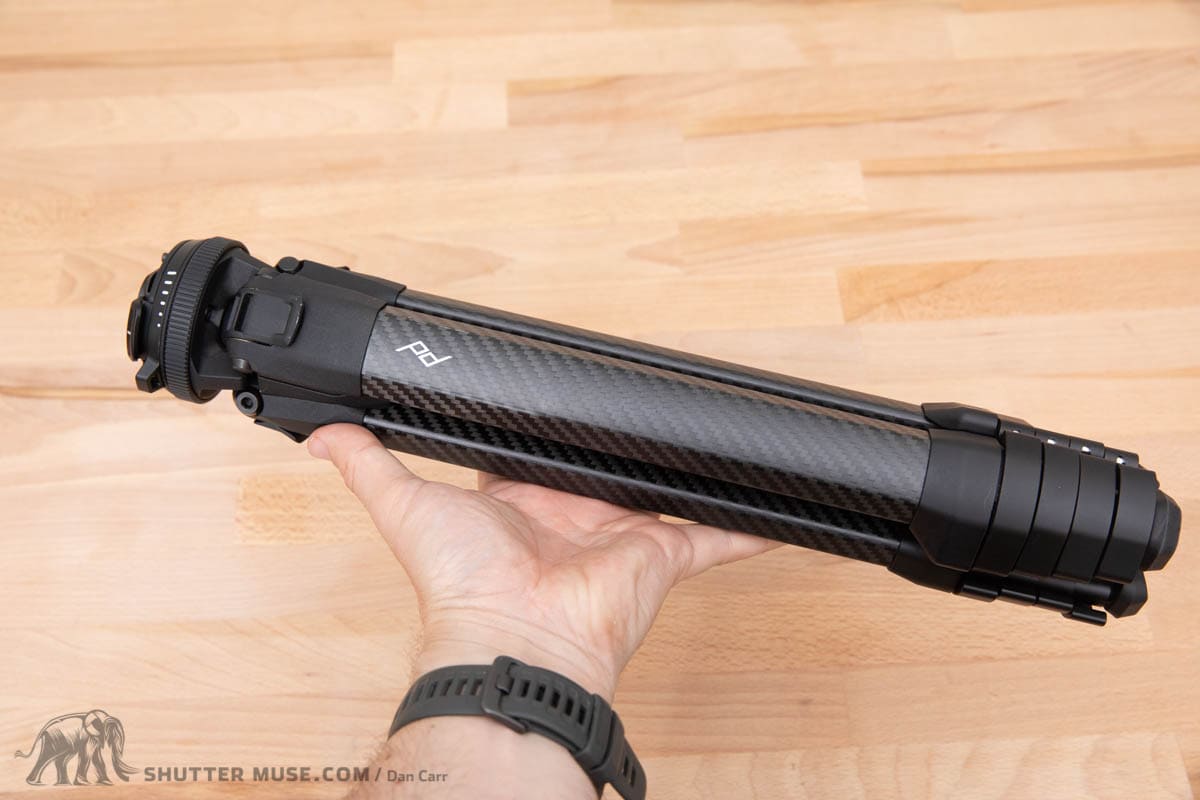
I first purchased the Peak Design Travel Tripod to complete my extensive review. Despite having a couple of great RRS tripods in my gear closet, I haven’t been able to part with the Peak Design tripod. I love how compact this tripod is, and if I ever need to hike a long distance with two tripods, it pairs nicely with the RRS Ascend-14.
Tripod Heads
Acratech GXP
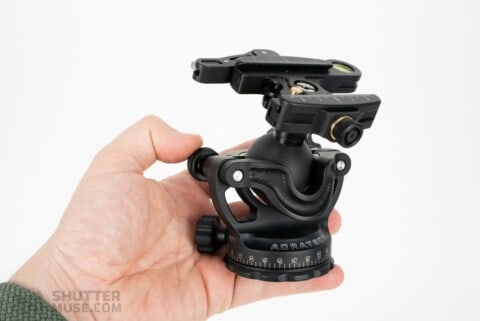
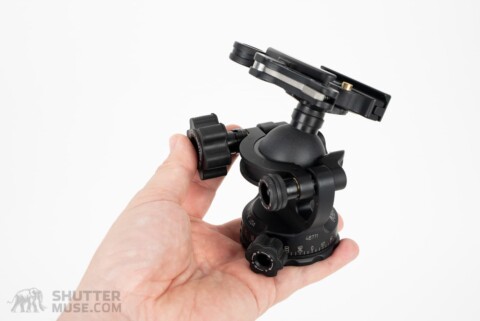
ProMediaGear Katana Jr. Gimbal
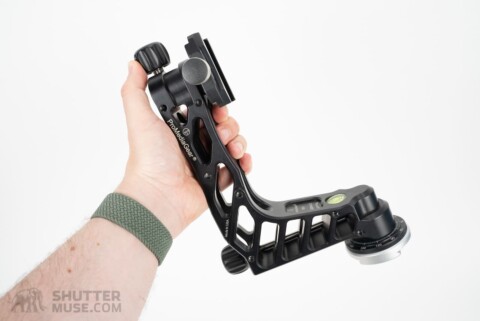

Filters
Breakthrough Photography X4 CPL
A good CPL filter should be in every photographer’s bag. The Breakthrough Photography X4 CPL is the most colour neutral one I have found on the market. Check out these before/after animations if you are not sure why you need this filter in your bag.
Breakthrough Photography X4 Dark CPL
The Dark CPL combines a 6-stop ND filter with a CPL filter. They are mainly used for smoothing out water in landscape photos.
Breakthrough Photography X4 GND Filters
Unsurprisingly, I also rely on Breakthrough Photography’s amazingly colour neutral filters to satisfy my needs in the GND department. These filters help me balance landscape scenes that include dark and light areas. I carry a 2-stop soft ND, a 3-stop hard ND and a 3-stop reverse ND.
MindShift Filter Hive
After creating my guide to the best photography filter cases, I now have a large selection in my closet. Still, the MindShift Filter Hive remains my favourite solution. No other filter case combines 100mm filter storage so will with circular filter storage.
Camera Bags
Gura Gear Kiboko City Commuter 18L
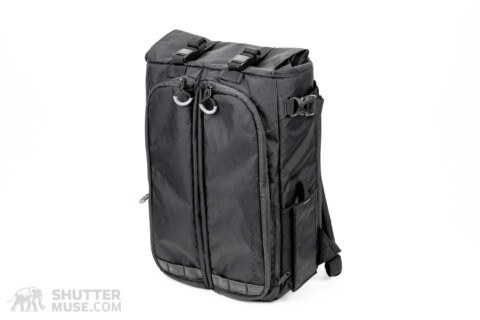
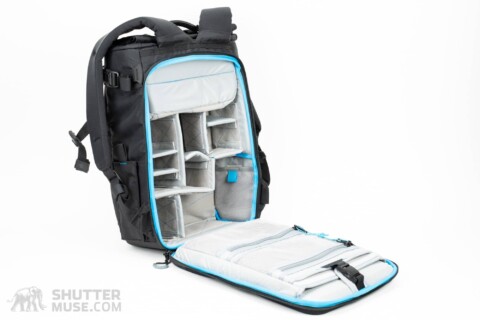
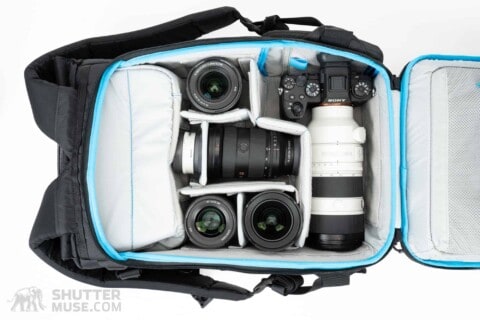
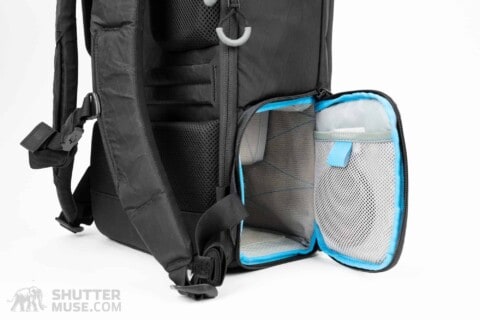
When my lens needs don’t exceed anything longer than a 70-200mm or 100-400mm, the Kiboko City backpack is my go-to. Don’t let the word “City” in the product name influence how you might use it. This bag is still part of Gura Gear’s Kiboko lineup, which means it is built with ultra-tough X-Pac material and designed to be a comfortable camera bag for nature photographers.
The fundamental difference between this and the standard Kiboko packs is the addition of a quick-access roll-top compartment, a side access hatch, a rear panel opening, and a greater capacity to EDC carry tech items such as a 16″ laptop and tablets up to iPad Pro size. It also includes travel-specific features, including an RFID-shielded passport pocket and a hidden Apple AirTag pocket. Overall, this is a fantastic product and, for most photographers, the best camera bag on the market right now. My review has all the details.
Gura Gear Kiboko 30L
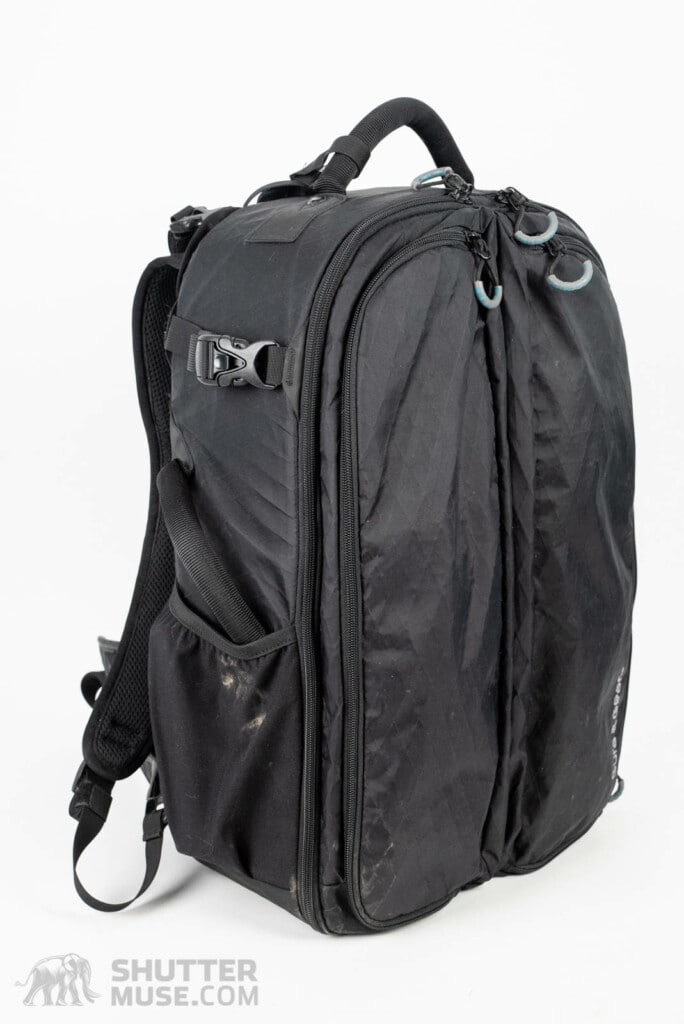


Shimoda Designs Explore V2 25L
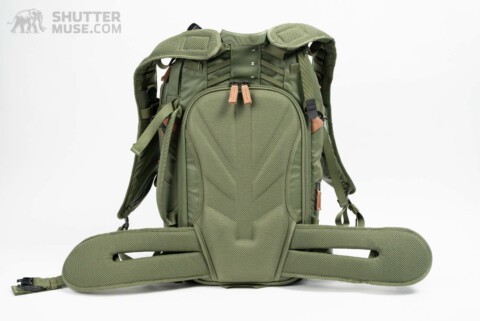

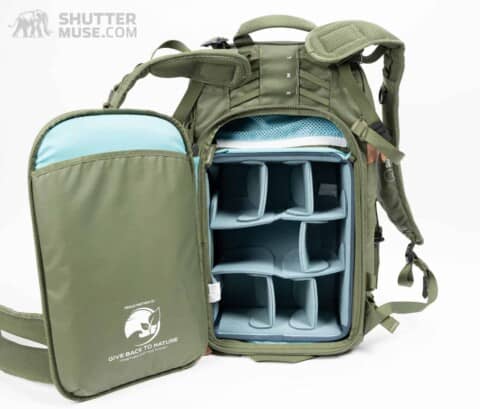
Shimoda Designs launched the Explore V2 series in 2021. I tested two different sizes for my review and came away with a particular fondness for the 25L version. Often when you select a smaller backpack, you are also forced to pick from brands making lesser quality bags. The Explore 25 V2 bucks that trend.
Shimoda Designs has offered Shutter Muse readers a 10% discount on anything purchased through their online stores. US, Canadian, UK, French, or German residents should use the discount code ShutterMuse10 after clicking here to access the store. Australian readers should use the same code on the local Shimoda distributor’s site, Maxxum, instead.
Shimoda Designs Action X70
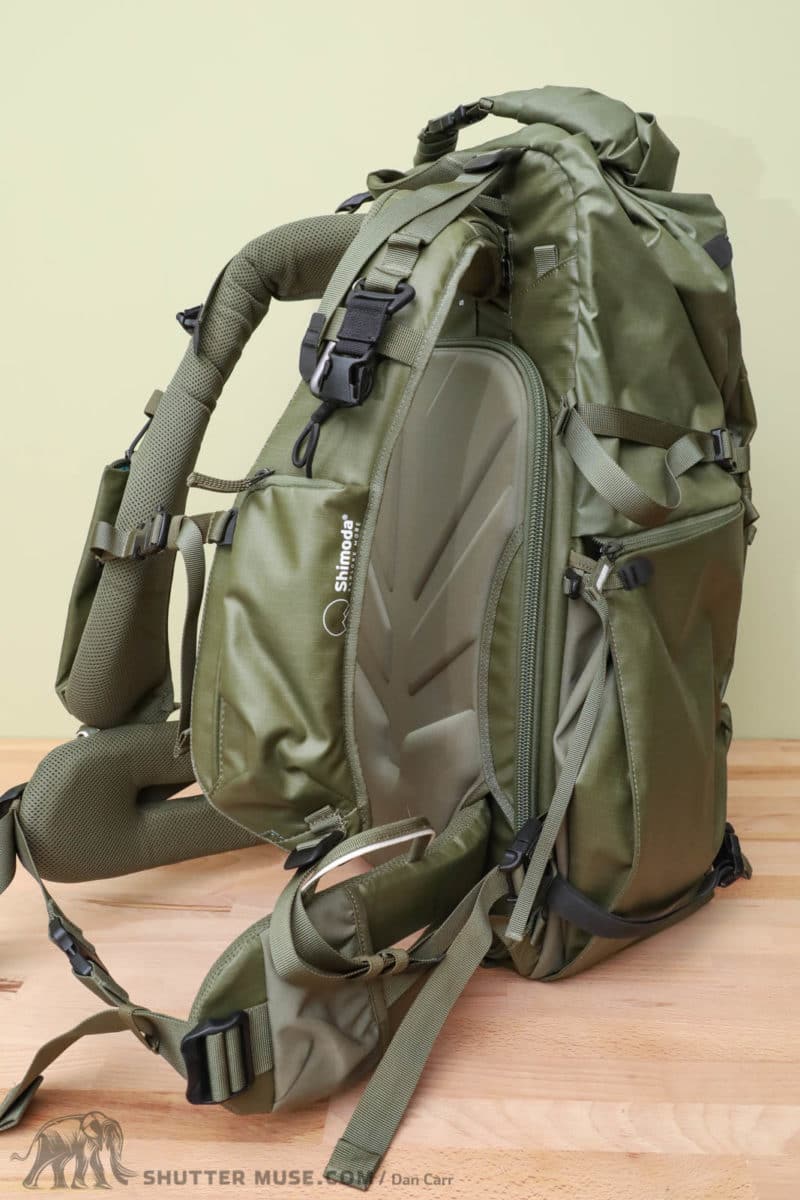
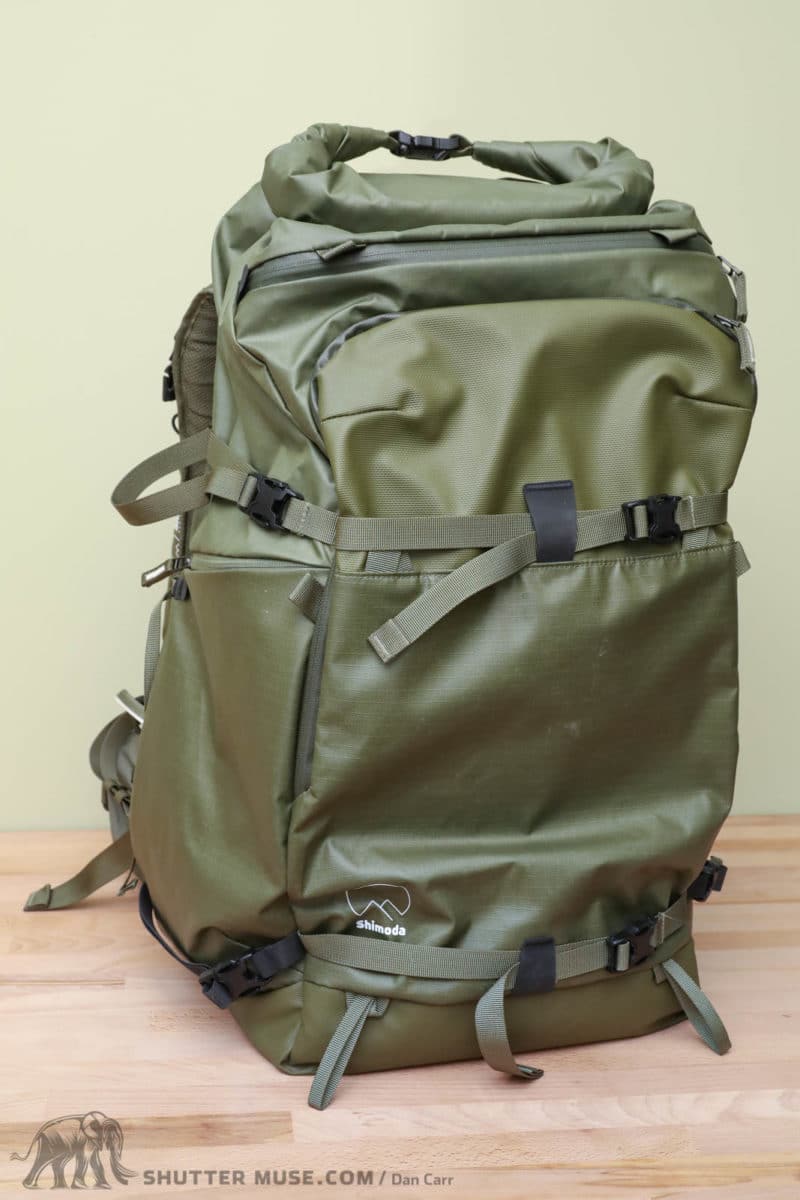

Shimoda Designs has offered Shutter Muse readers a 10% discount on anything purchased through their online stores. US, Canadian, UK, French, or German residents should use the discount code ShutterMuse10 after clicking here to access the store. Australian readers should use the same code on the local Shimoda distributor’s site, Maxxum, instead.
MindShift BackLite Elite 45L
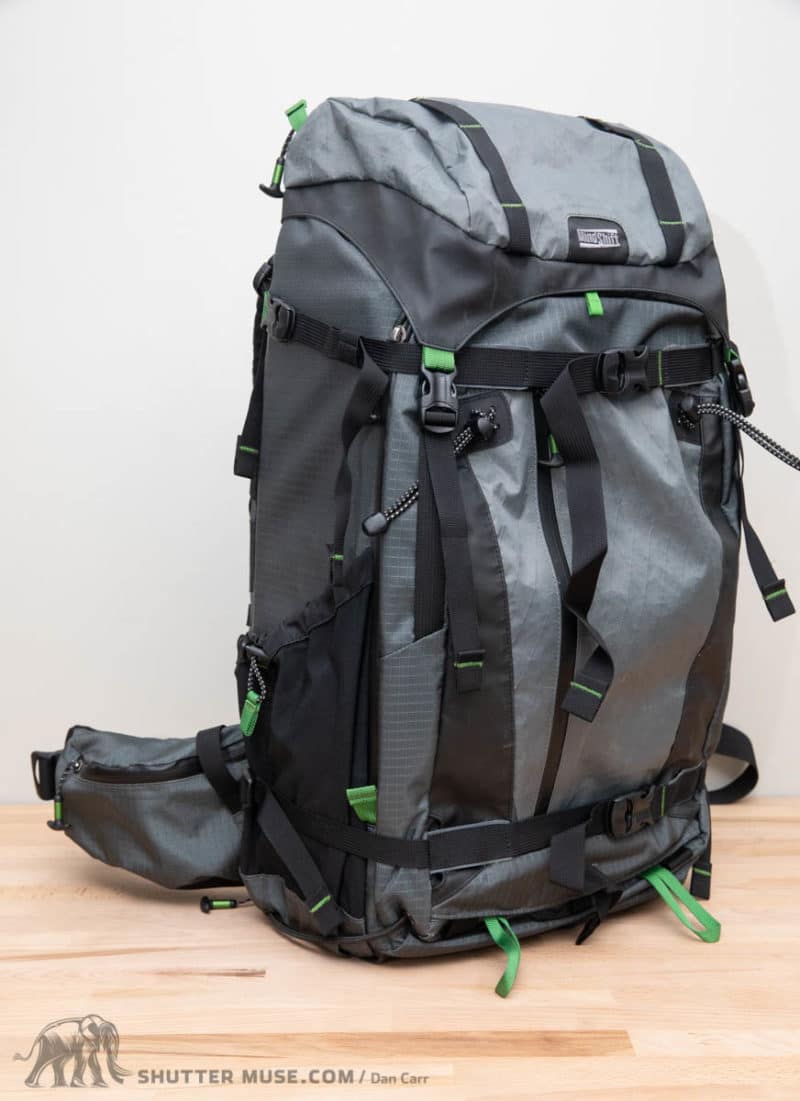
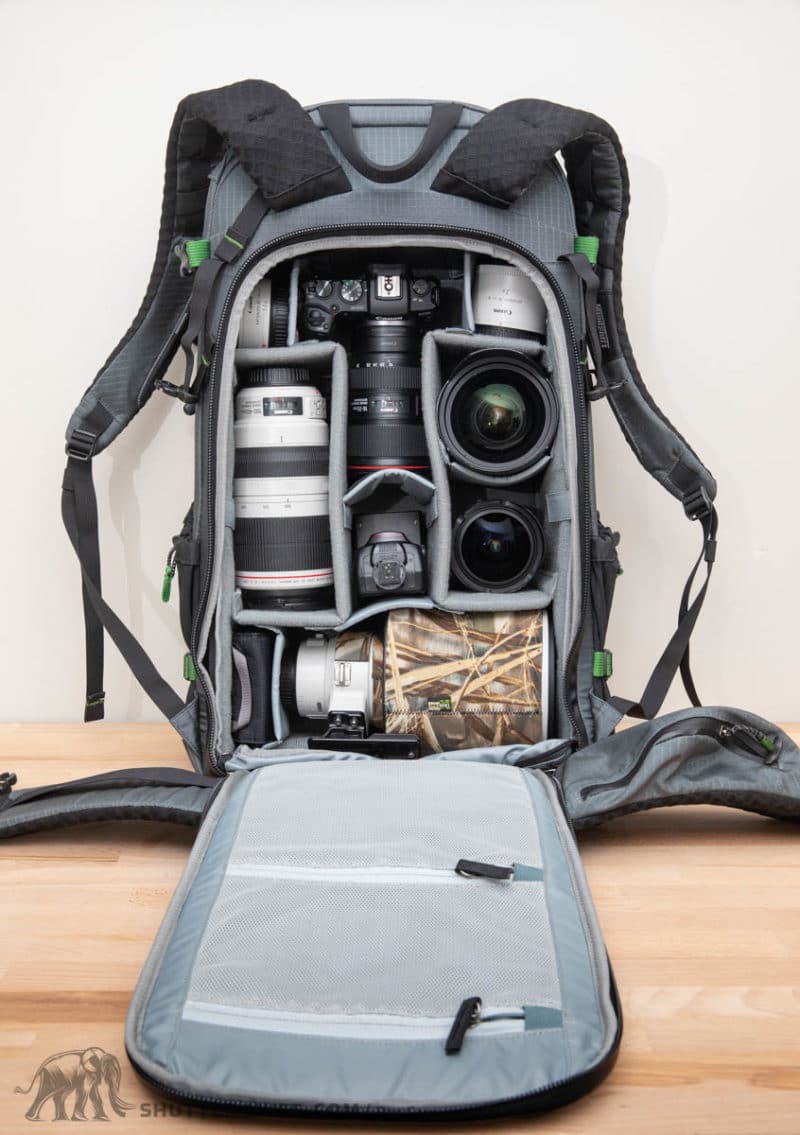
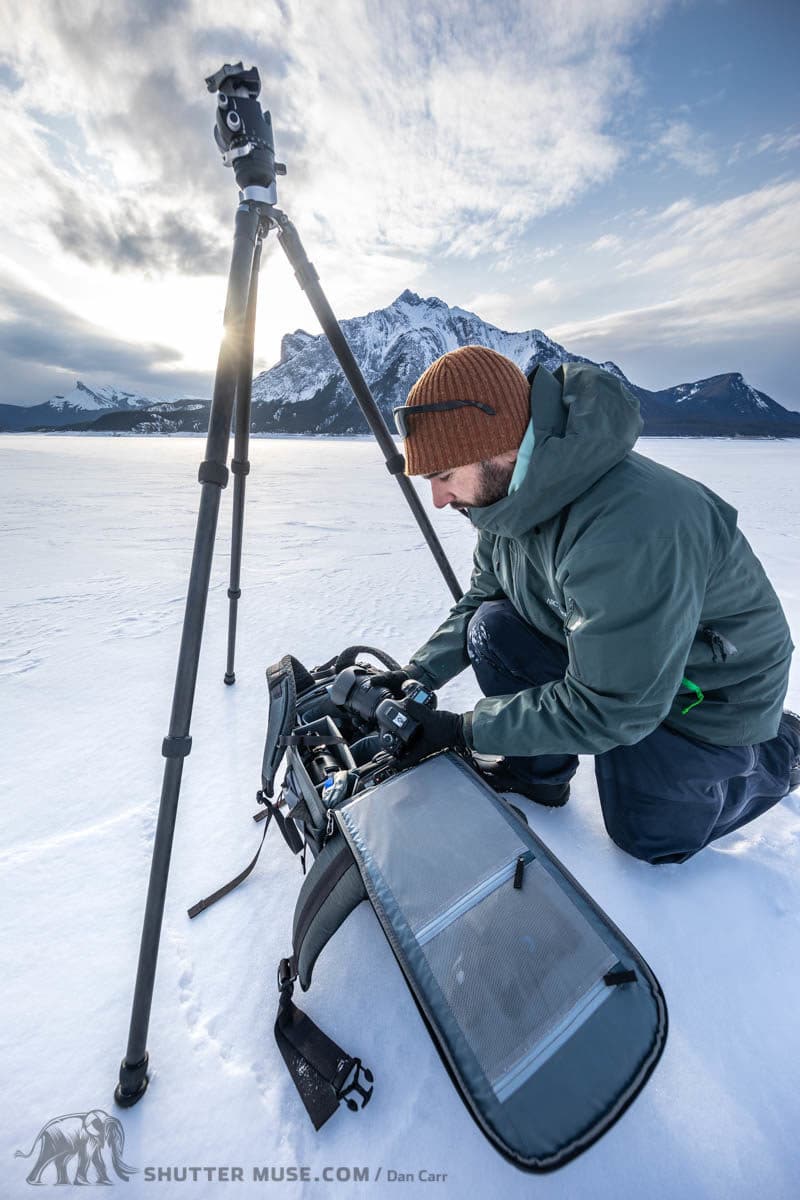
US Customers get a free gift when they spend over $50 in the Think Tank/MindShift online store after clicking this link. For more details, or if you have any issues, see this post.
Pelican 1626 AIR
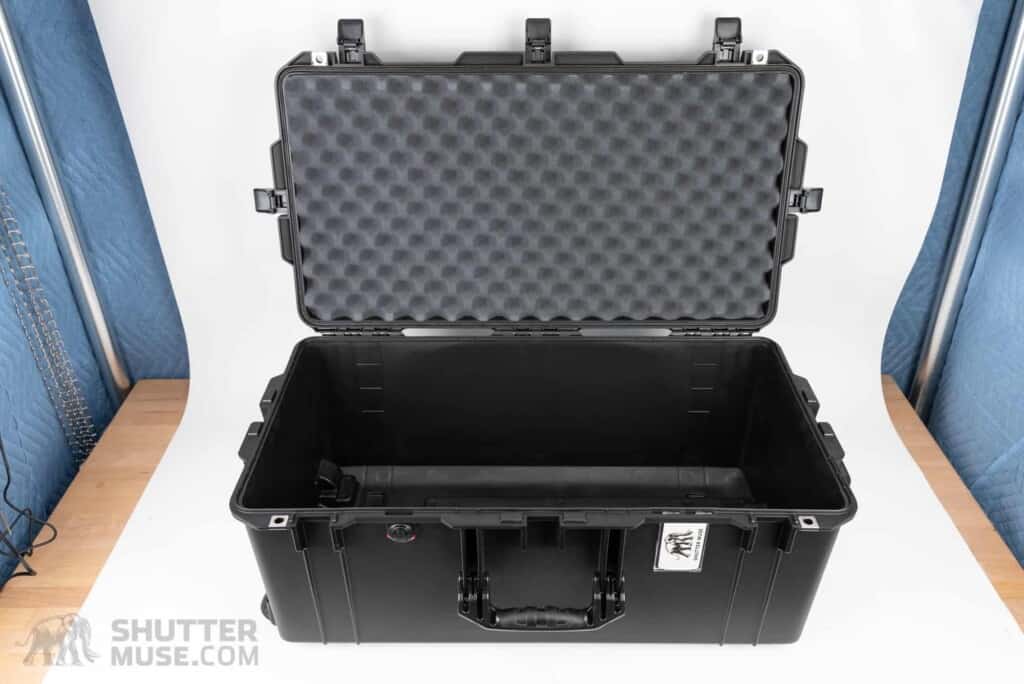
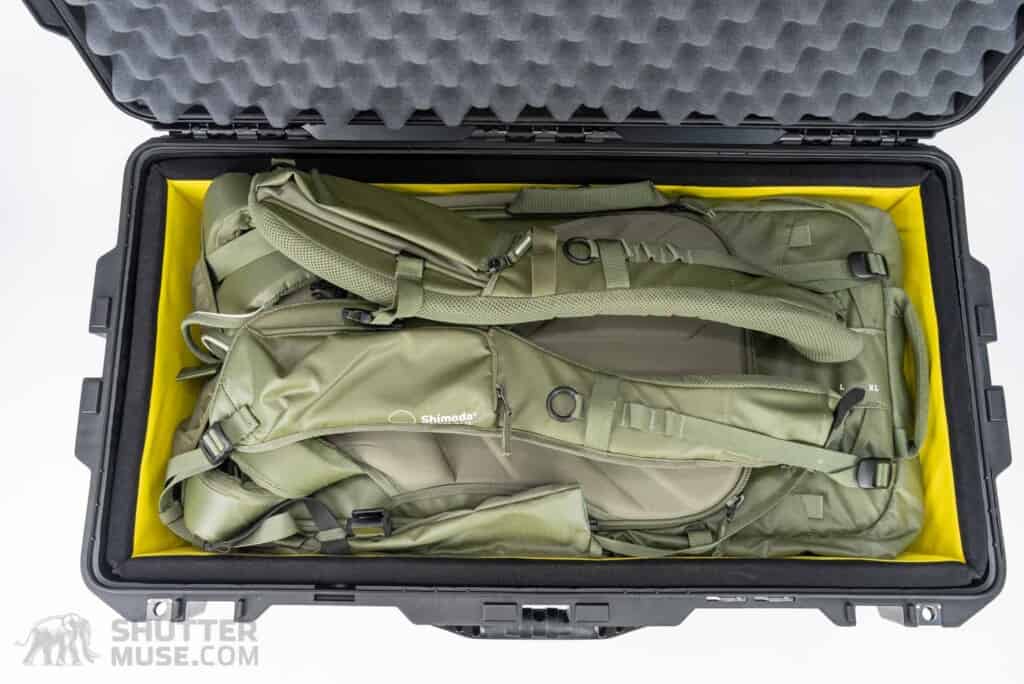
Pelican 1535 AIR
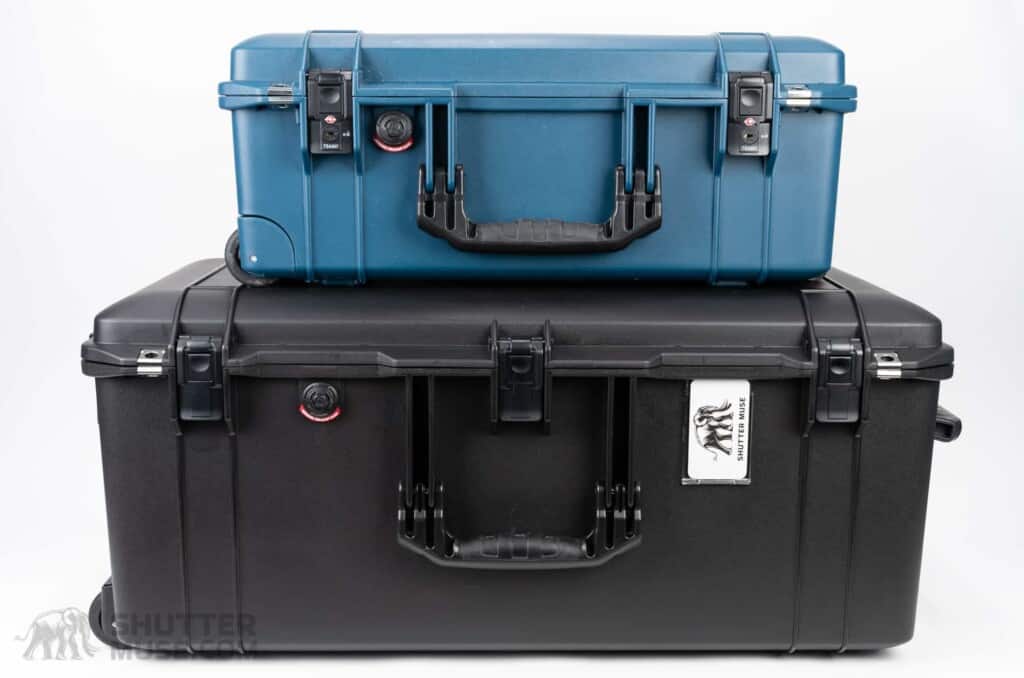
Camera Strap
Peak Design Slide Lite



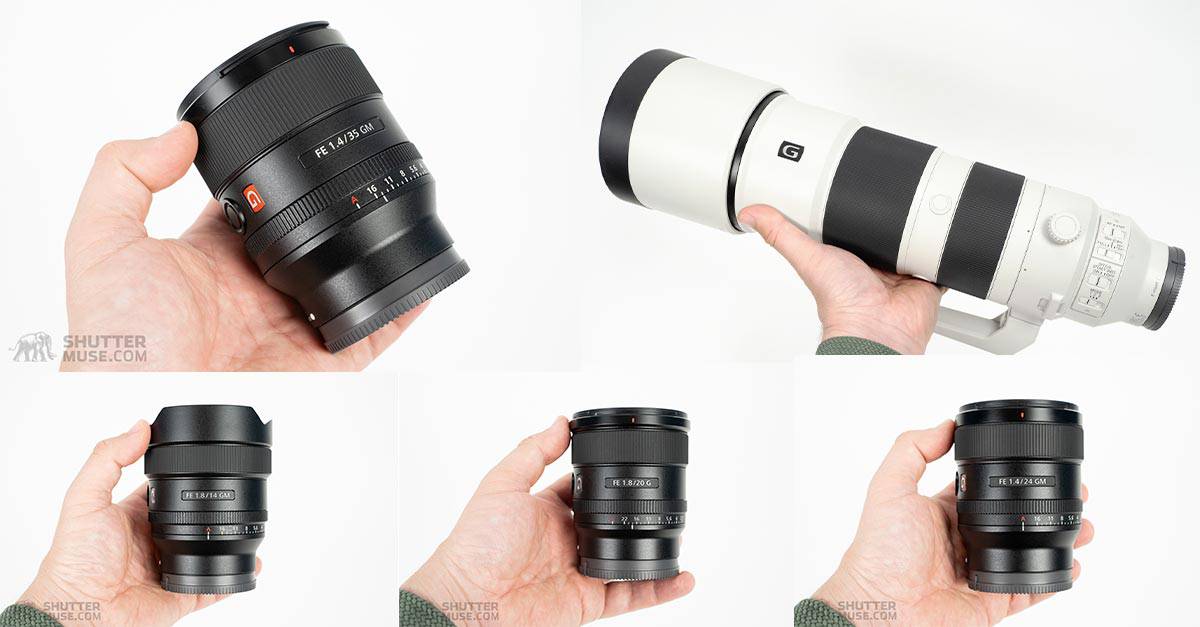

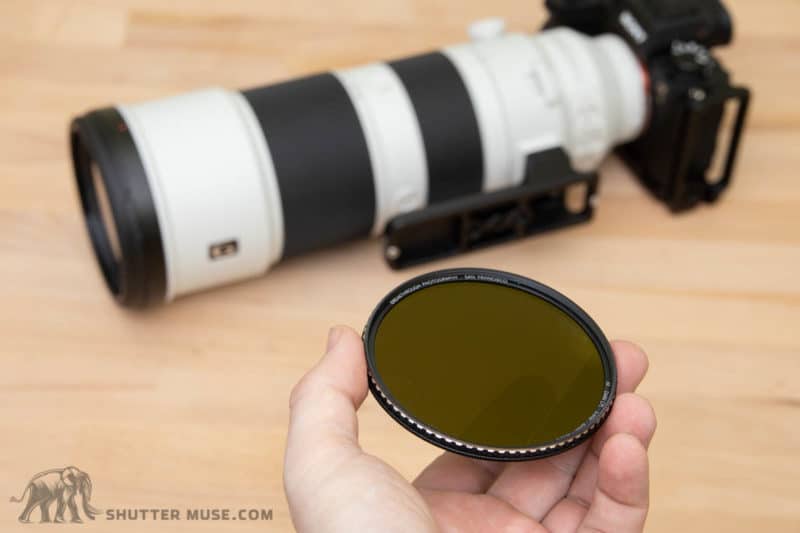
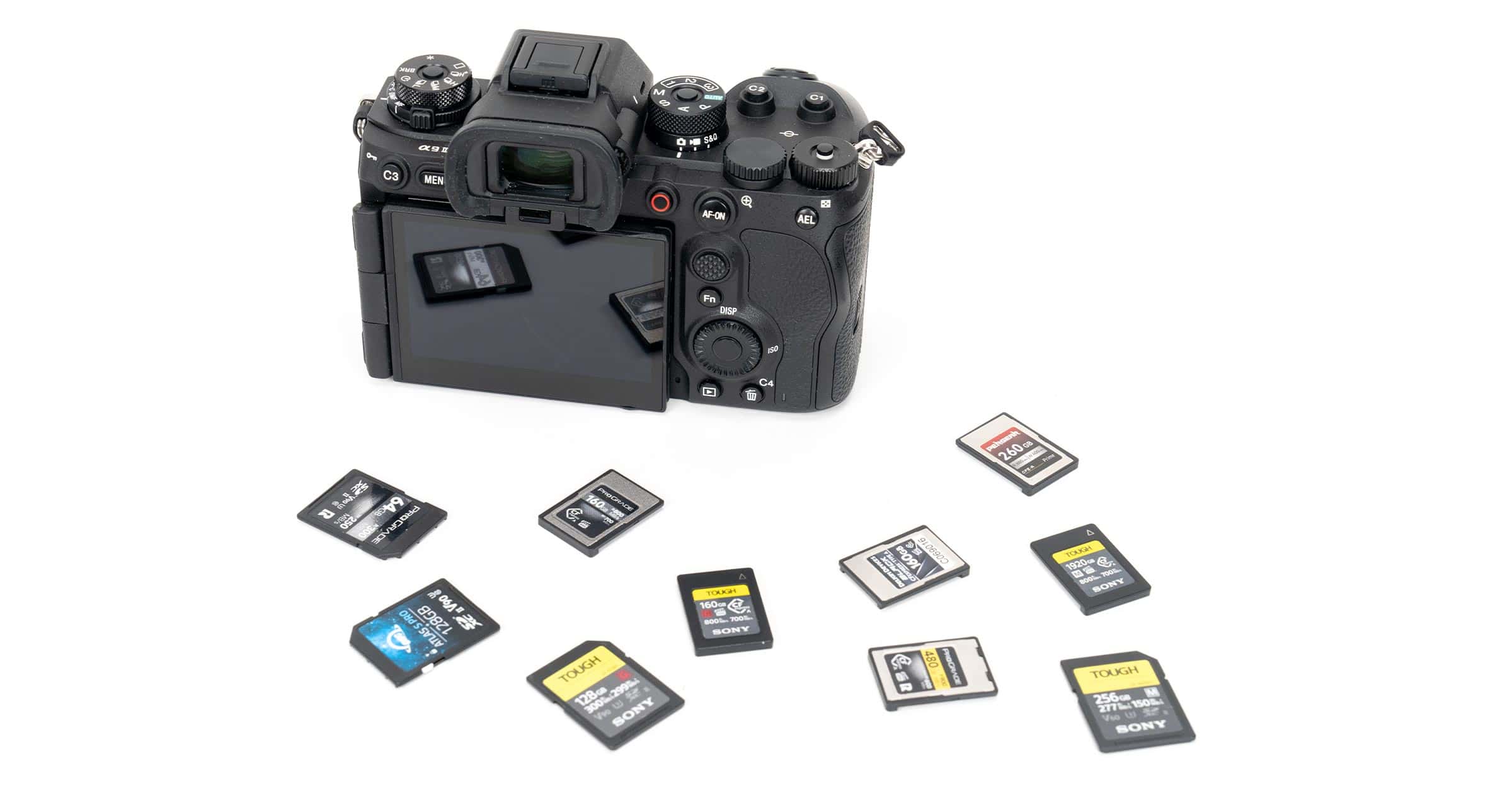
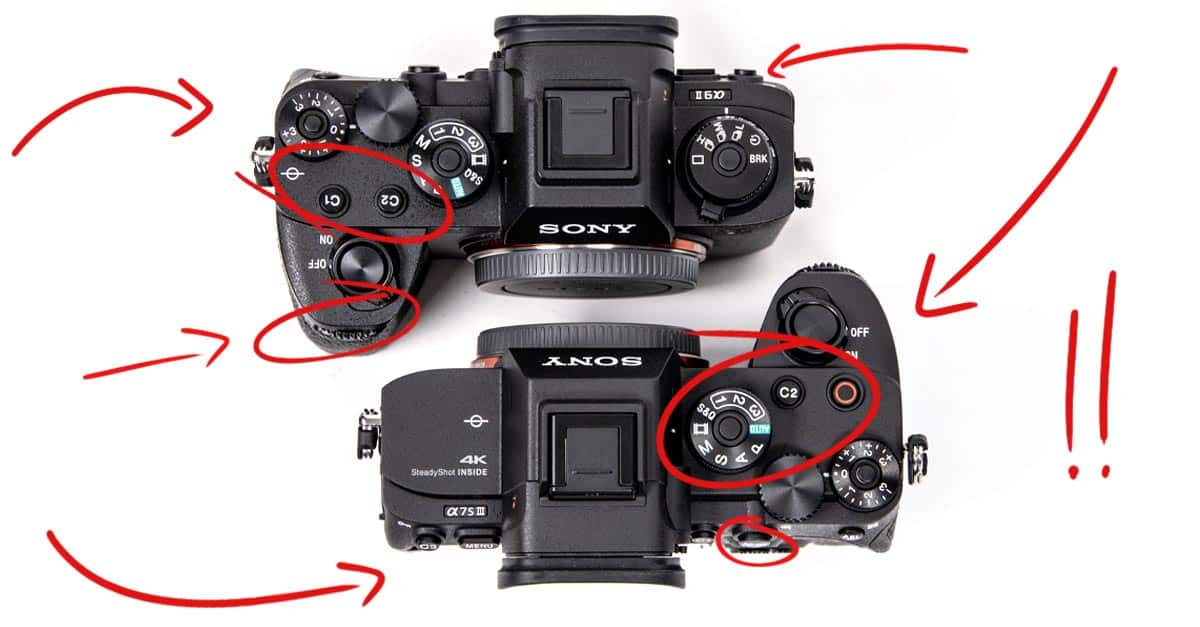
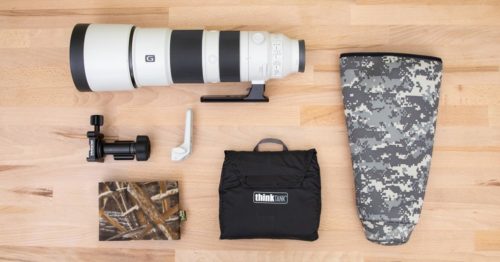

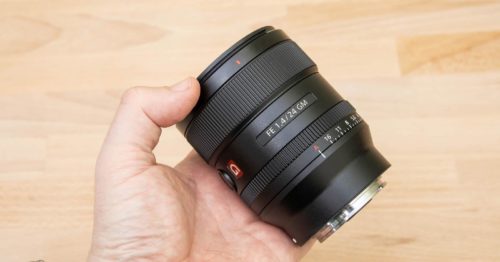
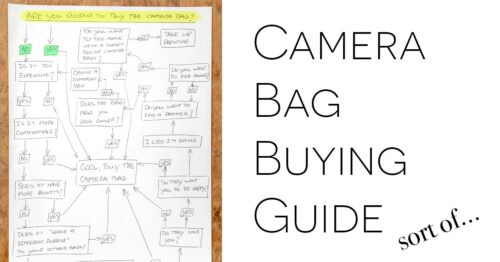

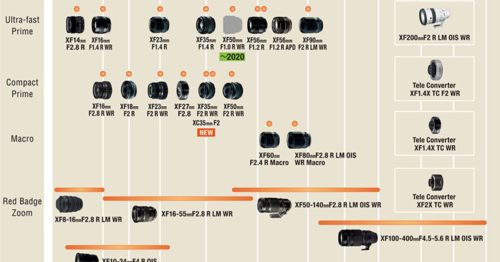
Ok, you converted from Canon to Sony…. Why???
Did you dump all your canon gear??
I’m looking for a 600mm canon lens. 🙂
So you’re such a nice guy, I will give you my address and you can send it to me.
I” even pay the postage. 🙂 🙂 🙂
Hi James, you can read about why I switched to Sony here: https://shuttermuse.com/why-i-switched-from-canon-to-sony/
To much Gear – Pro or Advanced Amateur. I am into Photography since age 8. And I had some of the best gear in the world including Leica, Rollie TLR, some 13 Lenses – blah blah. On my world travels I carry a DSLR with 2 or 3 Zoom Lenses. Do note my Zooms are brutally sharp, as I will go on buying one till I find my Keeper. Flash Guns, a Travel Tripod with a ball Head that has 4-Thumb Screws. CPL + GND Filter Kit, a Cleaning Kit, SD Cards, Tiny Remote for the camera, Batteries. My Backup Camera is a Canon P&S and of course my Smart Phone. I am covered from 10 to 300 mm with my (3) Zooms. I am not into Birding or World Life so don’t need Bazooka Lenses.
Too much gear for you? Maybe. Everyone has different needs. This is not, and never was a list of things I’m telling you to buy. It’s simply “what’s in MY bag”. Everything I have on this list gets used and has a purpose that I have explained.
Well said, you should see what I shoot with … so many cameras and lenses, I love it!
To each his own. Your zooms are brutally sharp? lol… Sonys zooms are sharper!
Will the MindShift BackLite Elite 45L fit in the Pelican 1626 AIR?
Thanks for your articles!
Dan wondered if you could help? I have the A1 and new 70-200GM MKII combo, and noticed a very audible click with each focus aquisition when shooting stills in self timer mode. That said, camera was in AF-C AF mode. When I turn off the self timer the lens is completely silent . Is this normal? Would you be kind enough to test your copy? Thank you!
I can’t recreate this noise with mine. Note that self-timer mode automatically switches the camera to AF-S even if the dial is set to AF-C.
Dan -upon further testing this audible focus noise seems to be the lens diaphragm when the camera/lens combo hunts in low light (very low contrast area). I can duplicate the issue easily when focus hunts – otherwise the lens is dead silent and accurate. I believe this is normal… and my initial assessment was incorrect. The issue also occurs when not using self timer mode. The lens focus becomes audible when focus hunting only – so i do not expect this to be an issue. Please let me know if you have a moment to try duplicating (i used a black object in low light to focus my camera on – where the issue becomes easily repeatable) Thank You Dan!
Hello Dan – I also made the switch from Canon to Sony about 2 – 3 years ago. One thing that bothers me is the lack of long prime lenses at a lower cost than the 400 and 600 that Sony offers. I shoot college football in the US (not paid – mostly just for fun). With Canon b/c they’ve gone to multiple versions of these long lenses, used ones can be had much cheaper.
Based on your posts, you’ve made the switch from the 200-400 Canon lens (not a prime but close enough) to the 200-600 Sony lens. You’ve indicated elsewhere that the Sony is not as sharp as the Canon (not surprising given the $), that the Canon is better wide open and that the larger aperture of the Canon is needed at times.
I guess my question is – do you still miss the 200-400 when you take out the 200-600? I love the savings ($2k vs right now about $6k used) and I love my A9 over what’s available for Canon right now. But I still think about picking up an R6 and the Canon 200-400 or used 400 2.8 ii and saving some considerable cash vs a Sony 400 2.8 which I think would be necessary to get professional looking shots.
Do you have any thoughts on this? I’m weighing this pretty significantly right now. Thank you.
Hi pab. Good questions!
You’re right, I currently use the 200-600 in place of my Canon 200-400. This was mainly a financial decision because when I switched systems I could not immediately afford the Sony 600mm. I had expected to use the 200-600 for only 6 months or so because I did not think it would be quite good enough as a replacement, but now I have used it for two years!
I started to get used to it. And became more impressed with it when used with the a1. I have ordered a 600mm f/4, but the wait list for this lens is potentially 12 months right now with the current global shortages. The good news is that I do not mind so much.
Regarding sharpness, the Canon was a bit sharper (a tiny bit, maybe 1-2%) when used as 200-400. When you engage the extender in the 200-400, to make it up to 560mm, I actually think the Sony 200-600 is sharper in the 500-600mm range.
I agree with you that Sony is lacking some telephoto options. The big hole in the lineup is a 300mm f/2.8, but I suspect that even if this came to market soon, it would be too expensive for your needs. What Canon has, as you say, is lots of great cheaper older lenses.
Anyways, all that said, I don’t really think it would be worth buying an R6 and going down that route. The 200-600mm lens is fantastic, and these days I do not miss the 200-400.
Thanks Dan for your reply. Sorry for not acknowledging it sooner but I didn’t get any email about it.
As an FYI I decided to get the R6 and the Canon 400 F4. I’m still using Sony for practically all other stuff but this to me was the most practical way to get what I wanted with less output in cash. Bought the R6 refurbished from Canon and the Canon 400 F4 used.
While it is not a light lens, so far I find it actually not too bad to handhold. I found the 200-600 awkward to handhold for some reason.
Time will tell while shooting a college football game if this still holds up. So far I am extremely impressed with the sharpness and the quickness in AF. About as quick as the A9 without doing an actual comparison. It will be interesting switching between camera bodies during the game but I’ll prepare for that. One thing I’m not impressed with is the rolling shutter, but I knew that was a possibility prior to going with the R6 and that 12 fps mechanical would be plenty fast enough.
Thanks for taking the time for your reply.
You’re welcome. The 400mm f/4 is a wonderful lens. It was probably my most-used telephoto lens when I was a full-time Canon DSLR user. I miss that lens! Canon knows how to make big telephoto lenses, that’s for sure!
Hey Dan – I know this was a while ago but just wanted to follow up with some of my shots that I got from college football season.
I ended up using both the A9 with the 70-200 version 2, and the R6 with the 400 F4 version 2. Towards the end of the season, even when the action was close, I still found myself reaching more and more for the 400. You’re right – it is an excellent lens. AF was very fast and I love how sharp it is.
Here are a few links from the games. As mentioned, they include both lenses referenced above but most are with the 400:
https://photobybarnick.com/wvu-vs-oklahoma/
https://photobybarnick.com/university-of-cincinnati-vs-tulane/
Thanks for your blog on this. It helped!
Awesome shots, Pab! The leaping sequence of the Bearcats player is so good. Thanks so much for returning and sharing them with me (and everyone else)! I love to hear about this stuff, and I’m glad you found useful info on the site! I really do miss my old 400mm f/4 DO II. I wonder if Canon will make something like that for the RF system? I hope so!
My Pleasure, Dan!
Thanks so much for checking them out.
Quick story – I’m shooting right next to only one other photographer when the leaping Bearcats player did his leap coming towards us.
The other photographer looked at me and said “That was a nice gift!”. I agreed. Of course you don’t know what you have until later but I’m happy with them. Wished it was less contrasty on that day and that I had a bit more to the left of him to even it out, but I was still very excited by those shots.
Thanks again!
Which body would you recommend for astrophotography now in your setup? A1 vs A7IV vs A7S3?
I would recommend the a7 IV. It offers nearly identical ISO performance to the a7S III but a much higher resolution. If you were to normalize the a7 IV file resolution to the a7S III, downsampling them, you would eclipse the ISO performance of the a7S III. The a1 is very similar too, but about twice the price. There is no point in buying an a1 for astrophotography because you are paying for the crazy speed of the a1 but not making use of it. The a7 IV is a fantastic astrophotography camera. Going forwards, the a7S III will only be used for video work.
Any camera recommendations for someone who doesn’t play video games? 😉
Hi Dan,
which L bracket you using there?
i have A1 as well and trying to understand which l bracket i should get
many thanks in advance
I use the a1 bracket made by Kirk. The RRS one is also good.
Hey Dan – I have another question that I don’t see answered anywhere and figured you might know. I of course have the 400 F4 version 2 Canon lens. You see my comments above. I also have the version 2 of the 1.4 extender. I’m considering if I should purchase the version 3. I’ve read that the version 3 extenders have increased speed in autofocus with the version 2 white Canon lenses. However, I have not seen the 400 DO Version 2 mentioned in any of those lists (only, for example, the 500 F4 version 2). Do you know if it has the increased computing power? If not, do you have any comparison between the two?
Thanks.